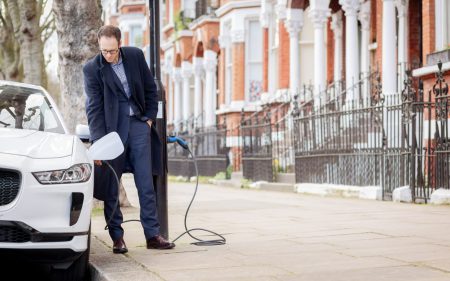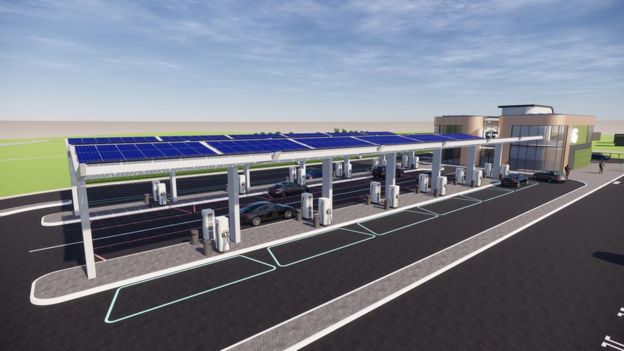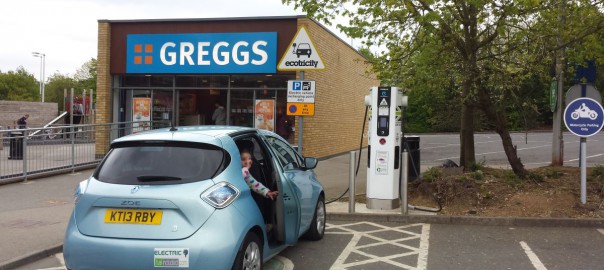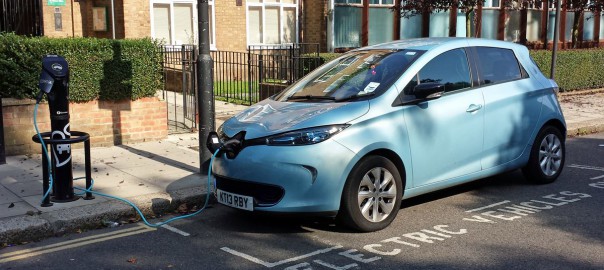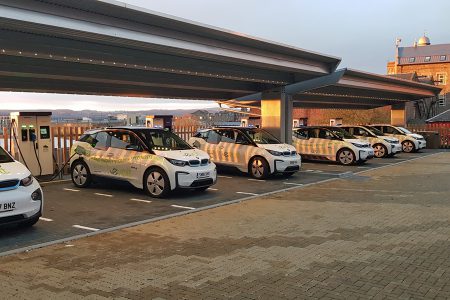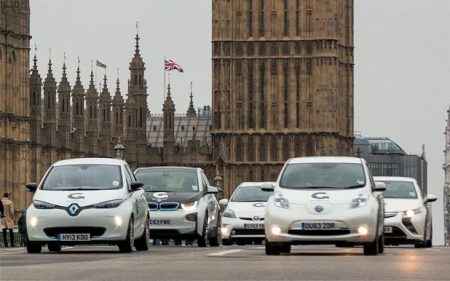Many EV commuters are suddenly affected by orders to stay at home and, if possible, to work from home.
With the electric car parked for extended times, what’s the best strategy for not damaging the battery?
The general advice hasn’t changed much over the years, and it just requires knowing a few key pieces of information about your car.

Both internal-combustion and electric cars are designed to be driven regularly, which is why leaving them stationary for long periods of time can cause problems.
Electric car owners need to keep track of the state of charge of the main battery pack and understand that there’s probably a clunky 12-volt accessory battery, too—yes, even if you get a Tesla Model Y.
While the battery pack provides power to drive the car, the 12-volt battery often powers other electrical components, including battery-management systems and telematics, Transport Evolved notes. That means it’s very likely to get drained if a car is parked for too long.
The lithium-ion cells in the battery packs of most modern electric cars don’t like to be kept at a full state of charge or a very low state of charge for long periods of time.
So if your car allows for preset charging to a specific state of charge, it’s best to set that to roughly half battery capacity, rather than a full recharge—and limit any charging sessions to an 80% ceiling if your car permits that. Some cars may also have “sleep” or “transport” modes for long periods of inactivity.
Read more: Green Car Reports
It’s Time to Go Green!
If you would like to know more about Solar Panels and the PowerBanx range of home battery systems, and get a free instant quote, please complete our online form:



